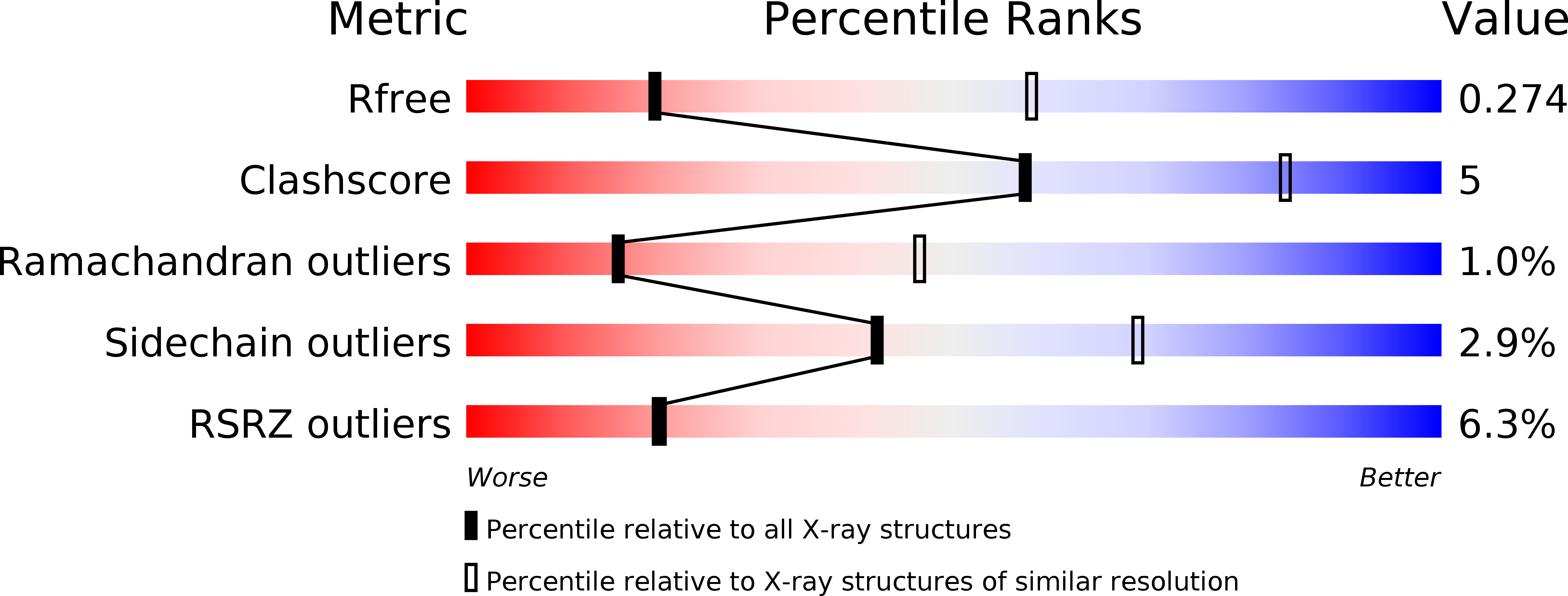
Deposition Date
2005-11-28
Release Date
2006-12-12
Last Version Date
2024-04-03
Entry Detail
PDB ID:
2F6A
Keywords:
Title:
Collagen Adhesin and Collagen Complex Structure
Biological Source:
Source Organism:
Staphylococcus aureus (Taxon ID: 1280)
Host Organism:
Method Details:
Experimental Method:
Resolution:
3.29 Å
R-Value Free:
0.30
R-Value Work:
0.25
R-Value Observed:
0.25
Space Group:
C 2 2 21


